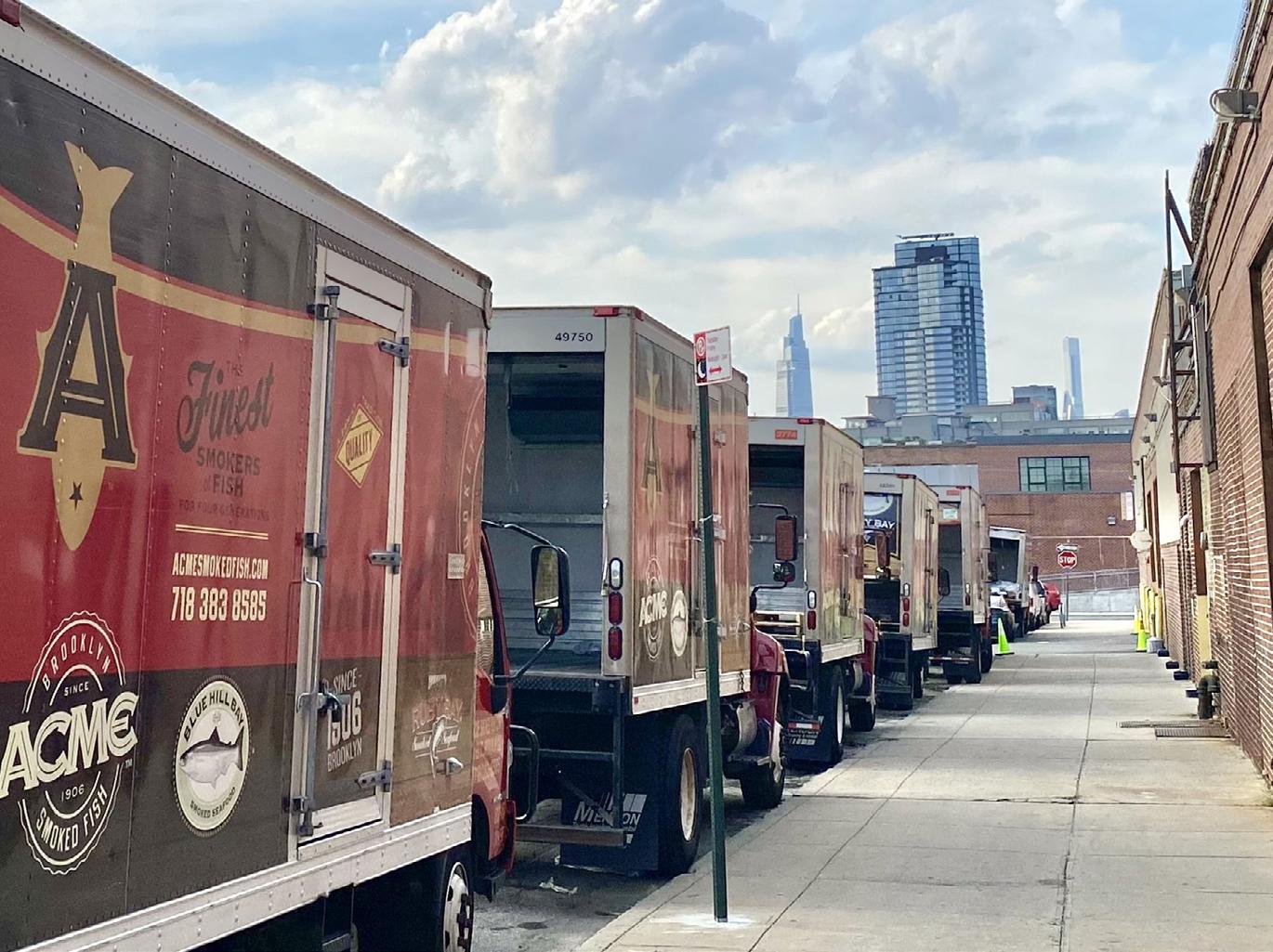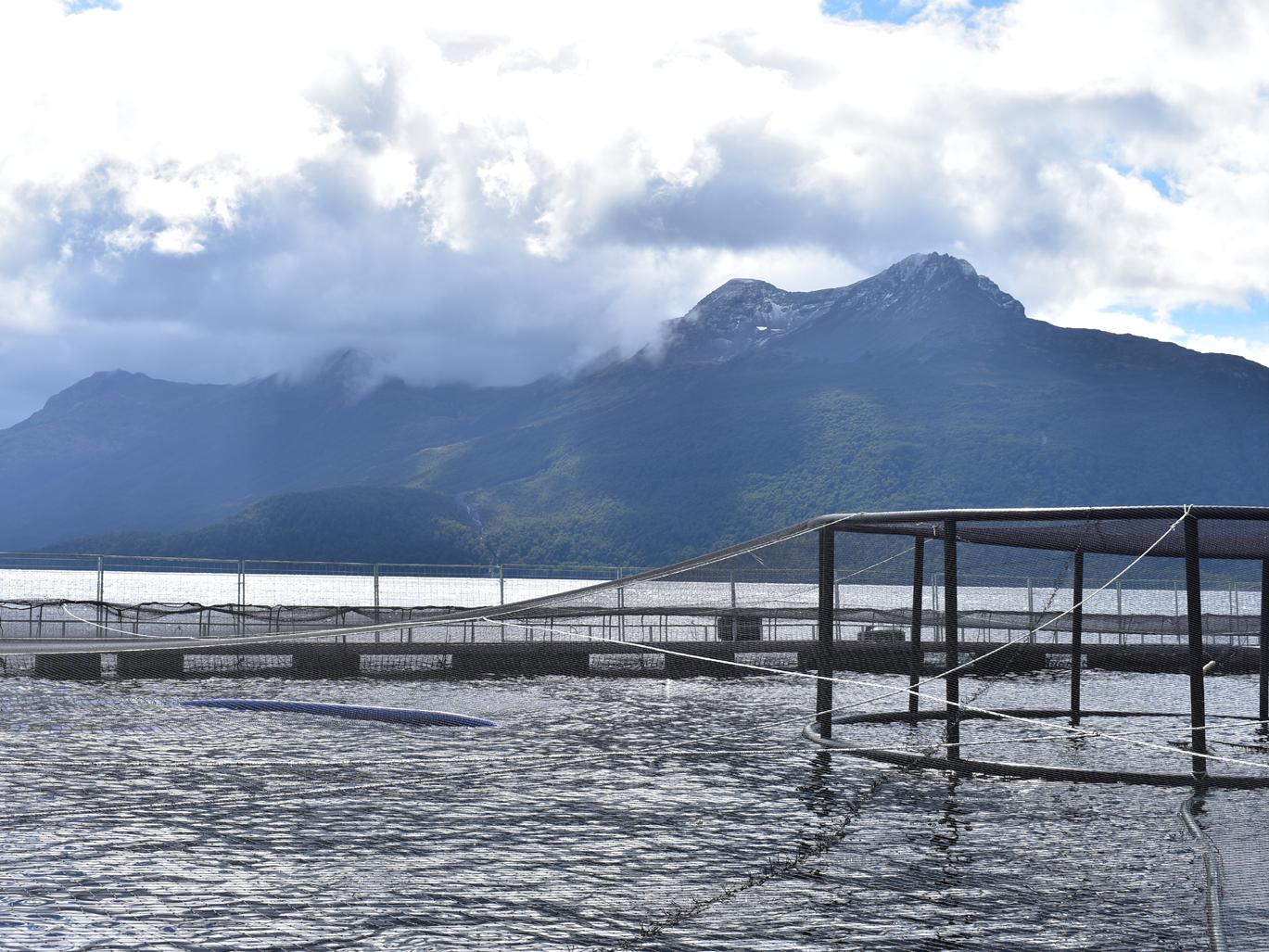
3 minute read
Jo Qiao’s Perspective
PERSPECTIVE
Jo Qiao
Advertisement
packaging engineer
Why do I care about sustainable packaging? Growing up in one of the most polluted cities in China, I did not understand “pollution” and thought that it was typical of what everyone lived with. My hometown of Taiyuan is known for its coal mining industry. And while it brought jobs and income to people, it also generated enormous amounts of air pollution. I remember there were days where the smog was so thick that I could not see the color of the sky.
All I knew was that I needed to get out of there. I later studied Packaging Science at Rochester Institute of Technology in Rochester, NY where I began to understand sustainability and how to use my knowledge of packaging to reduce packaging waste and pollution, in places like my hometown. I wanted to use my expertise to help better the environment.
Packaging is an integral part of our day-to-day life. From the produce you buy in the grocery store to the cars you purchase at dealerships, every product requires packaging. However, the environmental impact of packaging is pressing. Nearly two-thirds of plastics end up in landfills, natural environments, and the ocean. Plastic packaging is a large component to the waste. There’s an increase in consumers’ demands for brands to offer more sustainable packaging. And local and state legislators have passed laws to modernize the recycling industry and to promote a more circular economy.
The primary function of packaging is to provide protection for the product, so complete elimination of packaging is simply not a solution. However, packaging can play a critical role in reducing the amount of material used. As technology advances, there are more bio-based materials commercially available and the recycling industry is increasing its capability to wash, sort and recover more plastic packaging material. We are in an exciting era to revolutionize packaging and Acme is proud to be exploring this forefront of innovation.
CARBON
CARBON FOOTPRINT

carbon footprint
Climate change is a relatively new topic of concern for the seafood industry. Until recently, most of the efforts of non-profits, government agencies, and industry focused on improving the science available to inform fisheries management schemes.
It is true that seafood has one of the lowest carbon footprints of any protein. Nevertheless, the climate crisis requires that we do all that we can. At Acme, we have identified partners and built a talented team that can begin to assess our carbon footprint in accordance with the World Resource Institute’s Greenhouse Gas Protocol. Once we’ve assessed our carbon footprint, we will be able to set targets for reducing our impact in the future. The work itself is quite technical. As such, in this section you will meet some members of our engineering team, along with our partner Climate Smart.
We aren’t just working on climate change internally. We hope to inform change in the seafood industry as a whole through the first ever Seafood Climate Change Innovation Awards.
Acme is committed to taking action to address climate change. One of the key aspects to achieve thoughtful and targeted action is through conducting a greenhouse gas assessment. This assessment, which will be conducted in 2022, will quantify our emissions and allow us to determine where we can make the most progress.
Our partner in this work is Climate Smart, a subsidiary of Radicle.
The Climate Smart training programs allow businesses to achieve their business goals and lead in their industry while cultivating a climate-conscious culture internally at the same time.
The combination of training, tools, and technical assistance enable small, medium, and large businesses to measure and reduce their greenhouse gas emissions, make informed decisions to invest in efficiencies, and communicate compellingly about the action they’re taking on climate change.











